 |
|
HOME
|
US Navy -
ships
|
US Navy - air
units
|
USMC - air
units
|
International
Navies
|
Weapon Systems
|
Special Reports |
|
Royal Canadian Navy - Marine Royale
Canadienne River class Guided Missile Destroyer - DDGH formerly Canadian Surface Combatant (CSC) |
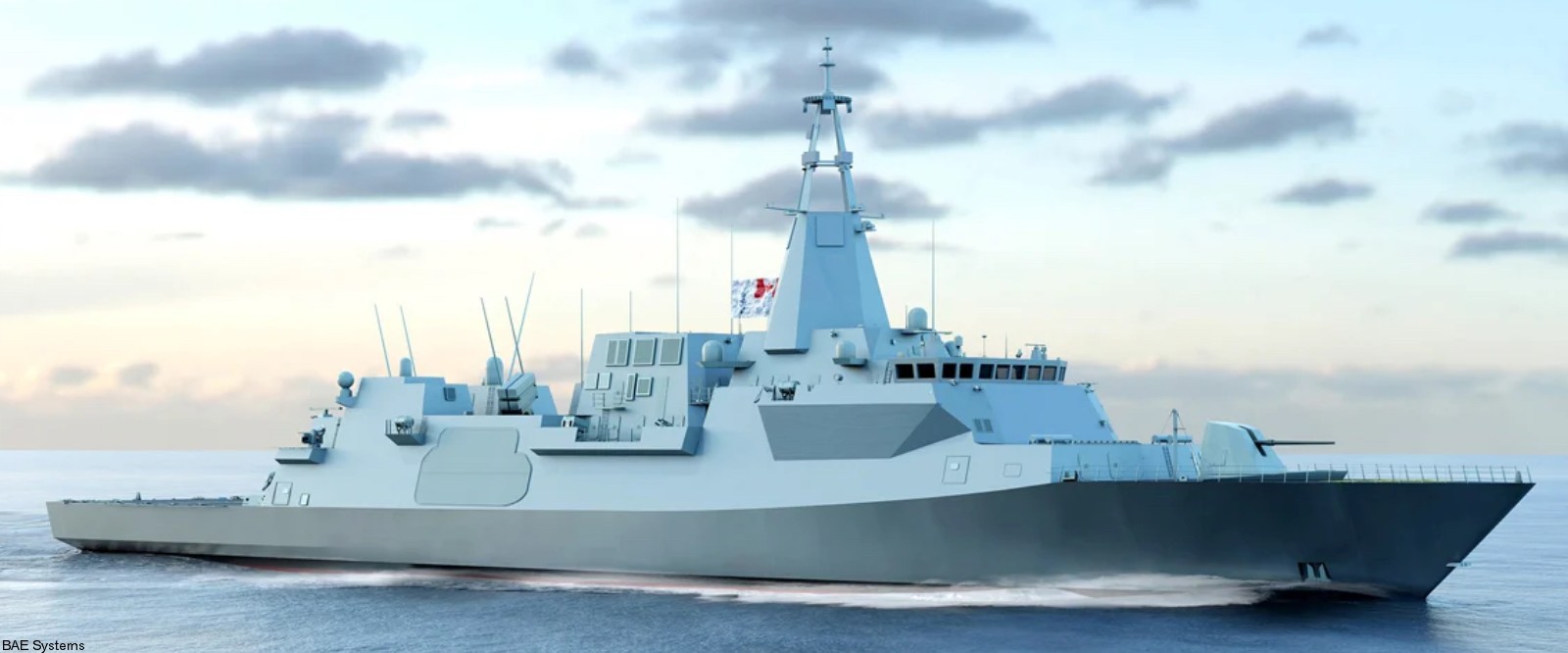 |
| 03/25 |
| Ships: |
|
DDGH ??
HMCS Fraser DDGH ?? HMCS Saint Laurent DDGH ?? HMCS Mackenzie DDGH ?? > up to 15 units planned |
| Specifications: |
|
Builder: Irving Shipbuilding / Lockheed Martin Canada / BAE Systems, Halifax, Nova Scotia, Canada Displacement: 8080 tons (7950 long tons), standard Length: 151.4 meters (496 ft 9 in) Beam: 20.75 m (68 ft 1 in) Draft: 8 m (26 ft 3 in) Speed: 27 knots (50 km/h) Range: 7,000 NMI (13,000 km) Complement: 210 Propulsion: Combined diesel-electric or gas (CODLOG) 1 x Rolls-Royce MT30 gas turbine 4 x Rolls-Royce MTU Type 20V 4000 M53B diesel generators 2 x GE Electric Motors 2 shafts / 2 propellers Armament: 1 x Mk.41 Vertical Launching System (VLS) (24 cells) for RIM-66 Standard Missile SM-2MR Block IIIC RIM-162 Evolved Sea Sparrow Missile ESSM (4 per cell) BGM-109 Tomahawk TLAM Block V 1 x RIM-116 Rolling Airframe Missile / RAM launcher (21 cells) 2 x 4 Naval Strike Missiles / NSM 1 x Leonardo OTO 127/64 LW Vulcano gun 2 x Leonardo Lionfish 30 remote weapon systems 2 x 2 torpedo tubes for Mk.54 MAKO torpedoes Aviation: large flight deck + hangar for 1 helicopter (CH-148 Cyclone) and UAV's Systems: Aegis Combat System with Canadian Tactical Interface USN Cooperative Engagement Capability (sensor netting) Integrated Cyber Defence System OSI Maritime Systems Integrated Bridge and Navigation System L3Harris Internal and External Communication Suite Lockheed Martin Canada AN/SPY-7(V)3 Solid State 3D AESA radar MDA Solid State AESA Target Illuminator X & S Band navigation radars L3Harris WESCAM Electro-optical and infrared systems Ultra Electronics TLFAS (variable depth towed sonar) Ultra Electronics Sonar S2150 hull-mounted sonar Raytheon AN/SLQ-32(V)6 electronic warfare suite BAE Systems Mk.53 Nulka decoy system Ultra Electronics SEA SENTOR S21700 towed torpedo countermeasures General Dynamics Sonobuoy Processing System Expendable Acoustic Countermeasures Leonardo NA-30S Mk2 weapon control system (127/64 gun) |
|
The River class destroyer, formerly the Canadian Surface Combatant
(CSC), and Single Class Surface Combatant Project is the procurement
project that will replace the Iroquois and Halifax class warships
with up to 15 new ships beginning in the early 2030s as part of the
National Shipbuilding Procurement Strategy. The CSC will replace the capabilities found in both the retired Iroquois-class destroyers (four) and the Halifax-class frigates (12) with a single, and combat-capable ship to meet multiple threats on both the open ocean and in the highly complex coastal environment. The CSC project is currently budgeted at between $56-60 billion (before taxes), and includes the cost for 15 new, state-of-the-art warships, as well as all the components required to design, build, and bring these ships into service (design work, infrastructure, ammunition, technical data, initial training, project management, and contingency costs). The CSC is leveraging the latest technology, and flexibility of design to enable a multi-role capability in a single class. This will help to ensure alignment, interoperability and interchangeability with our closest allies and partners in a complex and rapidly evolving global security and threat environment. This PTM will enable the shipyard to develop and test CSC specific build processes, with the aim of benefitting from lessons learned and achieving process improvements to support the efficient start of full rate production on the first CSC ship, under an implementation contract, in 2025. Design work on the more complex sections of the ship will continue in parallel to the start of construction activities. The Government of Canada’s National Shipbuilding Strategy is a long-term, multi-billion-dollar program focused on renewing the Canadian Coast Guard and RCN fleets to ensure that Canada’s marine agencies have the modern ships they need to fulfill their missions, while revitalizing Canada’s marine industry, creating good middle-class jobs and ensuring economic benefits are realized across the country. Canada’s Industrial and Technological Benefits Policy applies to the CSC project, which requires the companies to make investments and provide business activities in Canada equal to the value of the related contracts. To help bring the CSC into service and support them throughout their lifecycle, National Defence will build a land-based testing facility on a portion of DND-owned land at Hartlen Point in Halifax, N.S. Work to determine the building’s specifications is currently underway and the design phase will run until December 2024. We expect construction to begin this summer on early work packages and full mobilization in Winter 2025 with expected completion in 2027. The River-class name was recommended by the RCN’s Ship Naming Committee. The thirty-two-person committee included military and civilian representation from various ranks and levels, RCN members from all Formations, representatives from all five Defence Diversity Advisory Groups (the Defence Indigenous Advisory Group, the Defence Advisory Group for Persons with Disabilities, the Defence Women’s Advisory Organization, the Defence Visible Minority Advisory Group, and the Defence Team Pride Advisory Organization), historians, and Honourary Captains. The naming of a class of ship is a time-honoured naval tradition. The RCN, much like other navies around the world, has a history of carrying the names of its ships forward. By re-introducing the River-class, the RCN establishes the future fleet’s connections with the honourable and distinguished service of its past ships and their ships’ companies. DND-MDN |
| class + detail images |
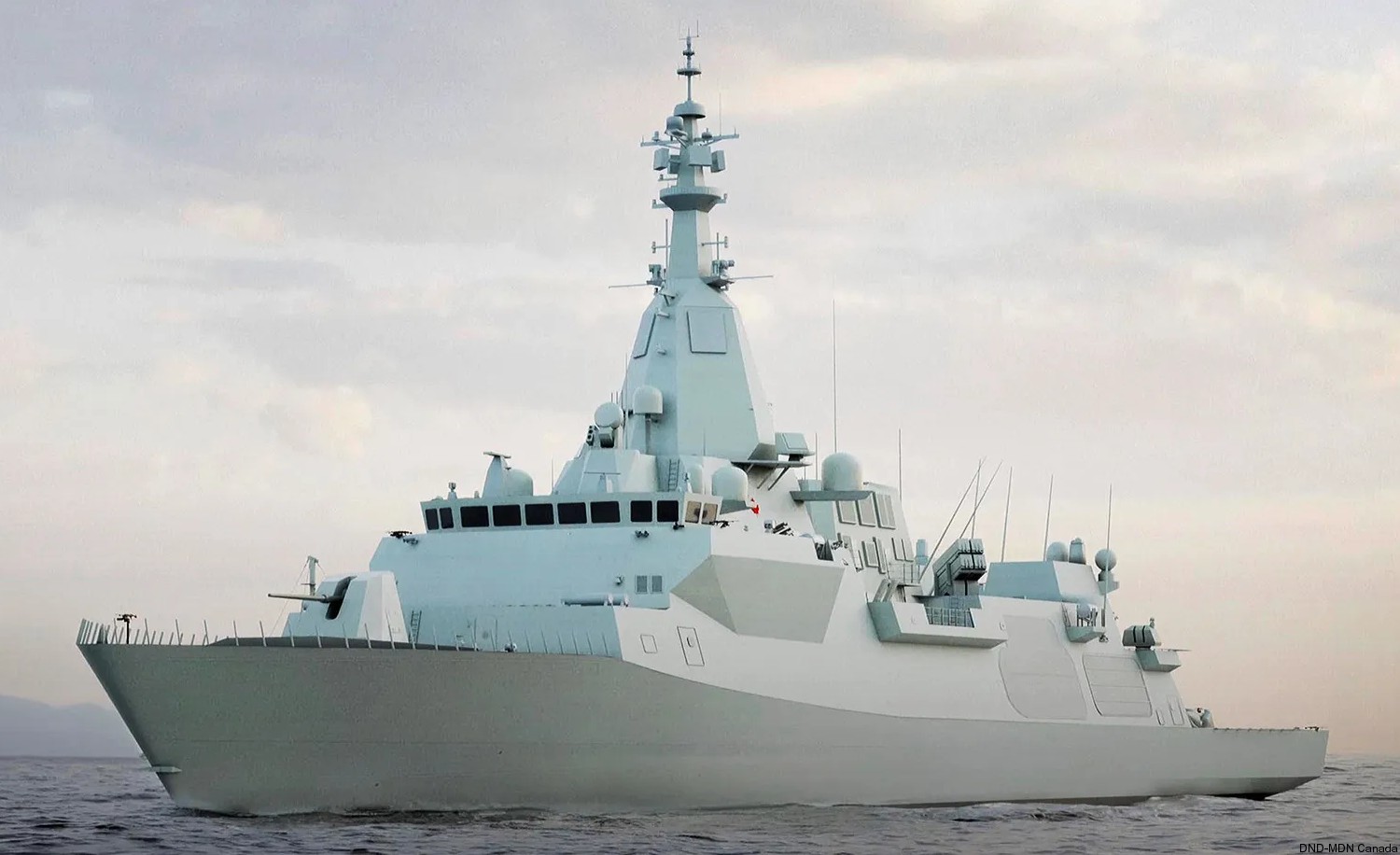 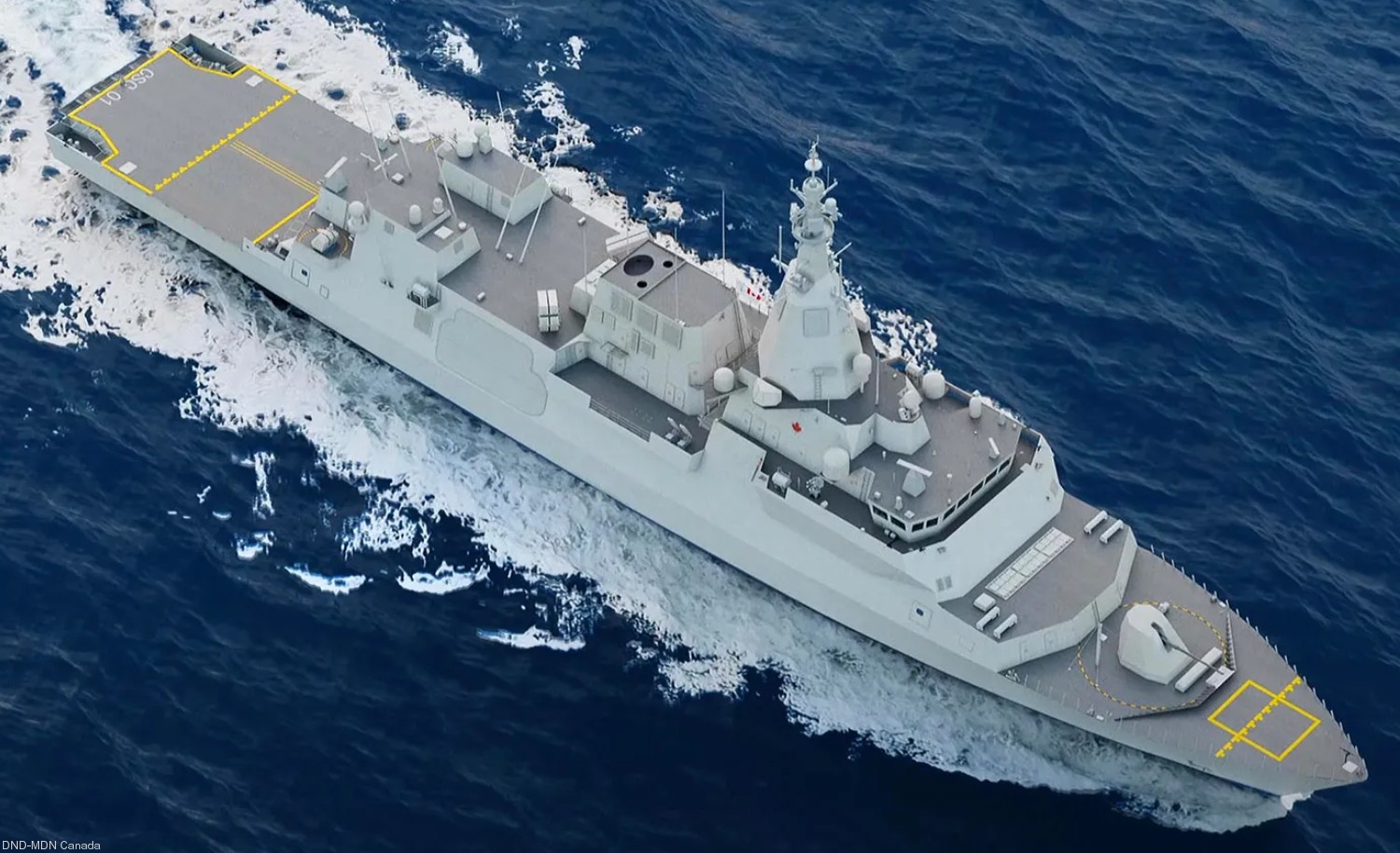 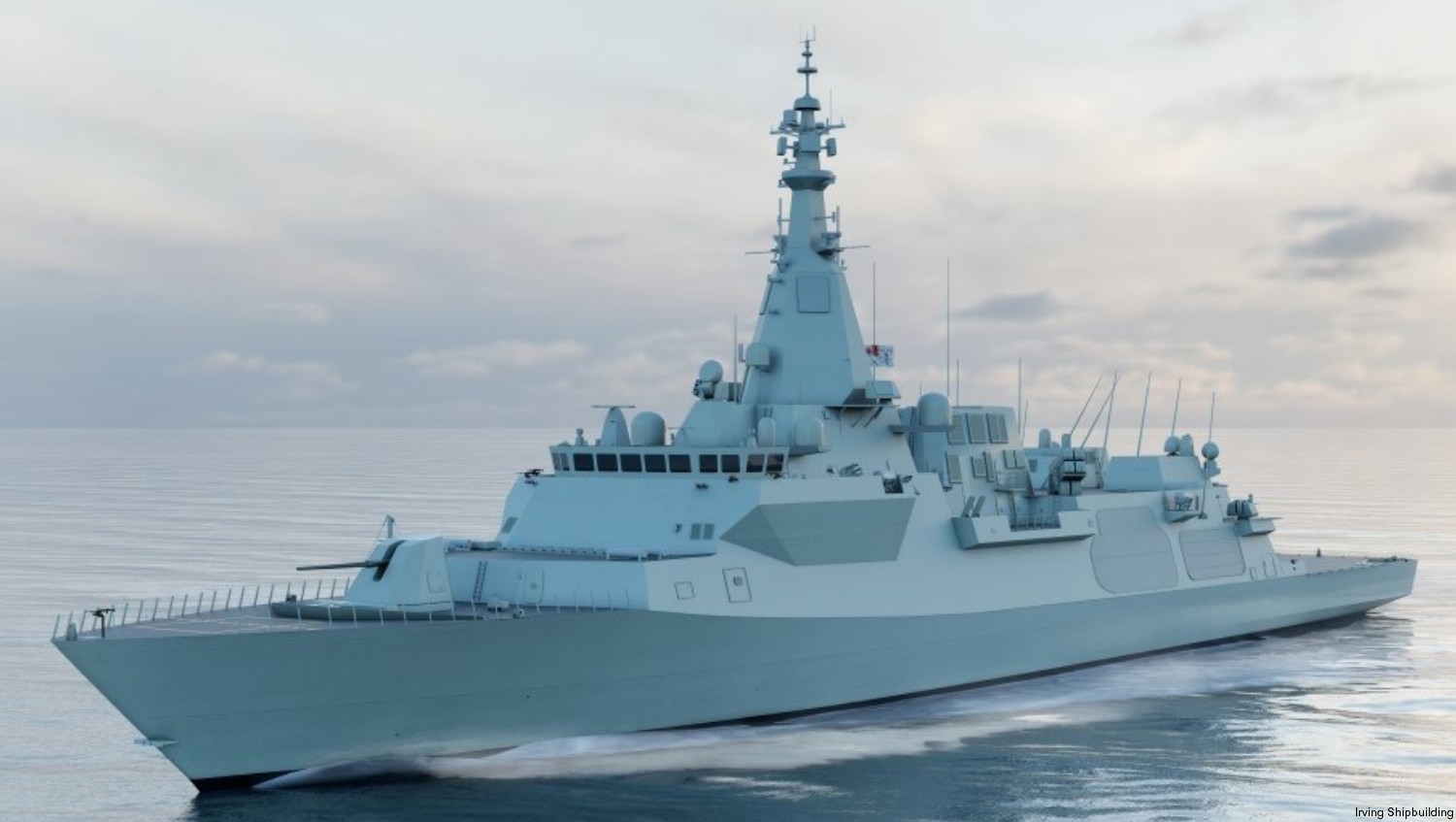  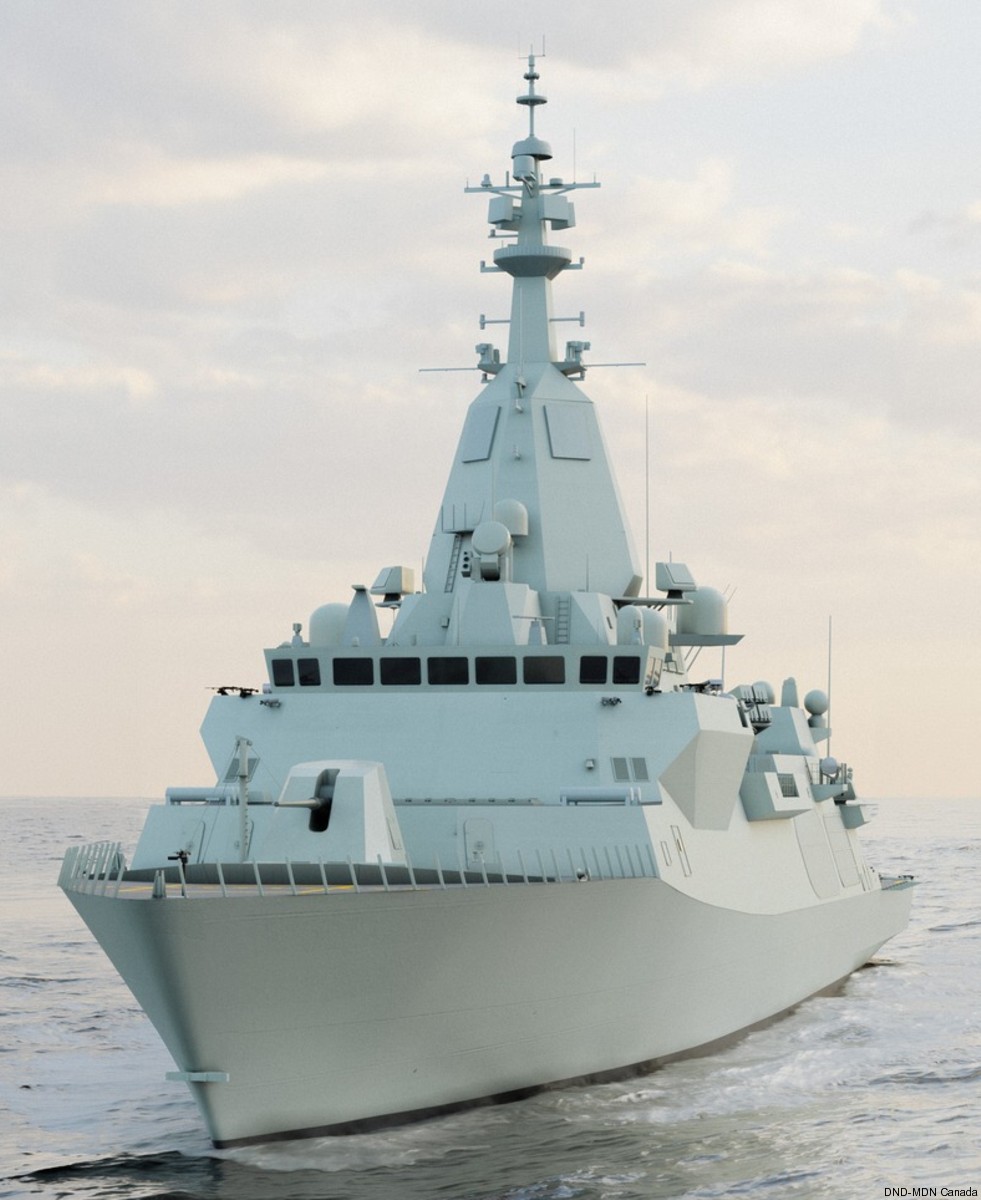  |
| | seaforces.org | Royal Canadian Navy start page | |